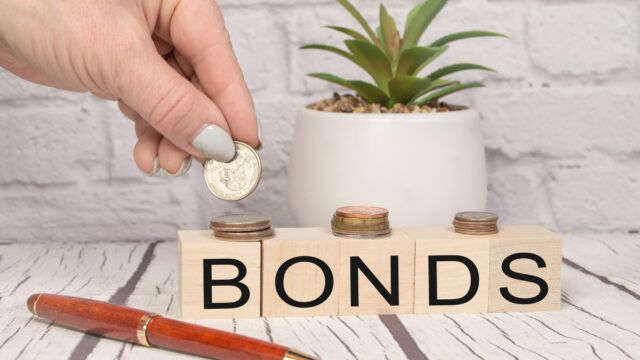Rather than make a single prediction about the direction of corporate debt markets, investors should consider the likely behaviour of these bonds under different scenarios before deciding on allocations.
For example, in assessing potential combinations of inflation, interest rates and growth, Schroders is looking at three probabilities: a soft landing, a hard landing and no landing.
“There are many situations that could influence corporate bond investment performance over the next few months,” said Julien Houdain, head of global unconstrained fixed income at the UK fund house.
Understanding the options and implications is essential for a 60:40 portfolio given the hit to investor confidence in the value of fixed income as a risk diversifier in 2022. “When markets are more worried about inflation than growth, bonds will struggle,” he explained. “But when growth concerns eclipse inflation concerns… the normal relationship is restored.”
Ultimately, Schroders expects credit to come back as a good potential hedge for equities because of its versatile profile across different scenarios.
Making clear decisions
In a ‘soft landing’ scenario, both rates and credit risks would be under control without a recession or financial crisis, plus inflation would be tamed without too much damage to the economy.
Within such an environment, where rates are falling and business conditions are favourable, investors might want to look for opportunities to add rates exposure with longer maturities and add credit exposure via high yield, said Elizabeth Murphy, investment director for credit at Schroders.
With a ‘hard landing’, amid a sharp fall in economic activity, there is typically rising unemployment, falling asset prices, pressure on banks, strained government finances and a general sense of economic instability. Using rate hikes to get inflation under control often results in breaking something in the economy.
For investors who think this is likely, with rates peaking but the economy in trouble, Murphy points to a preference for more rates exposure and less credit exposure – in other words, longer maturity bonds and more investment grade (IG) corporate debt.
“In this scenario, default rates tend to rise, so this is where bottom-up research is most important,” she added. “In fixed income investing, avoiding the blow-ups is more important than picking winners and company-specific analysis is the best risk management tool to help do that.”
A third consideration is ‘no landing’, where inflation remains sticky and rate hikes pick up pace again. Murphy said corporate debt markets were pricing in an extreme version of this scenario for much of 2022, with a milder version of this seen again in February 2023.
“If you expect a scenario where interest rates bounce back up, the main priority is to reduce interest rate exposure, with short-dated or floating-rate credit,” she explained.
With high yield (HY) corporate bonds, however, they are less sensitive to rates due to their wider spreads. “But,” added Murphy, “it depends how ugly you expect the economic impact of the rate rises to be.”
For example, investors might stay near the “crossover” section of the ratings spectrum where low IG meets strong HY. But if investors expect stagflation, the more defensive route would be to focus on IG company debt where the business has strong pricing power.
Maing active choices
In all scenarios, Schroders research points to a notable resilience in credit as an investment. “Investors can protect themselves against any market falls by locking in an attractive yield at the outset,” said Houdain.
He urges active security selection as a potential way to improve on broad index outcomes, by selecting bonds with more attractive yields.
“Active bond selection allows investors to select the best instruments for the job in different environments,” he added. “The goal is to focus on the types of credit that can help capture the upside and reduce the downside risks.”

















